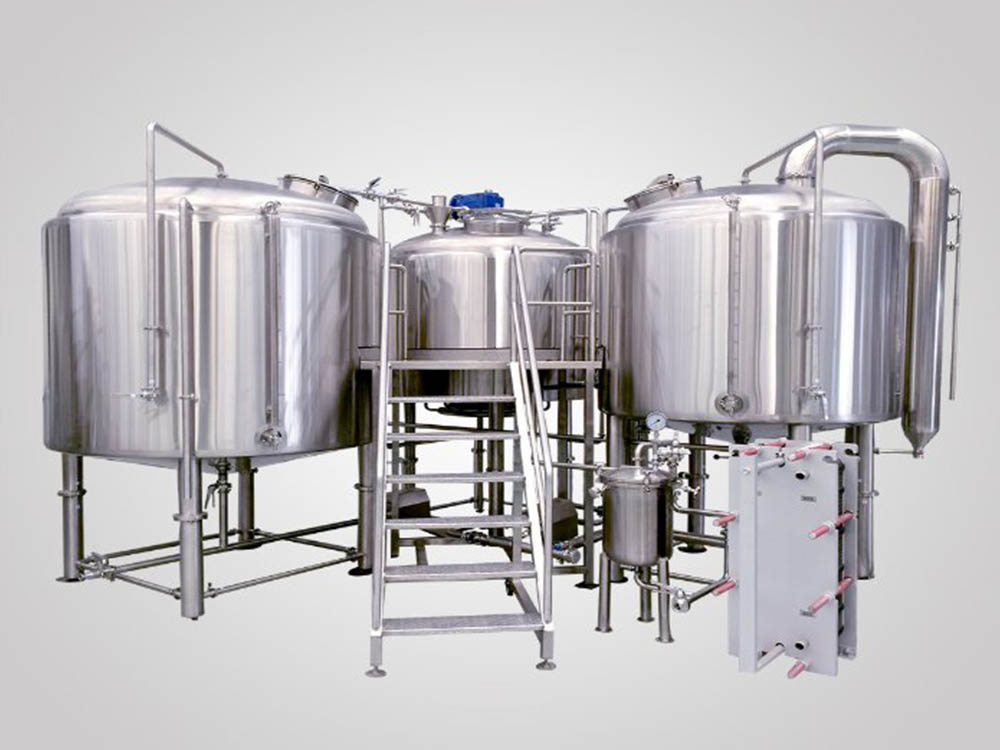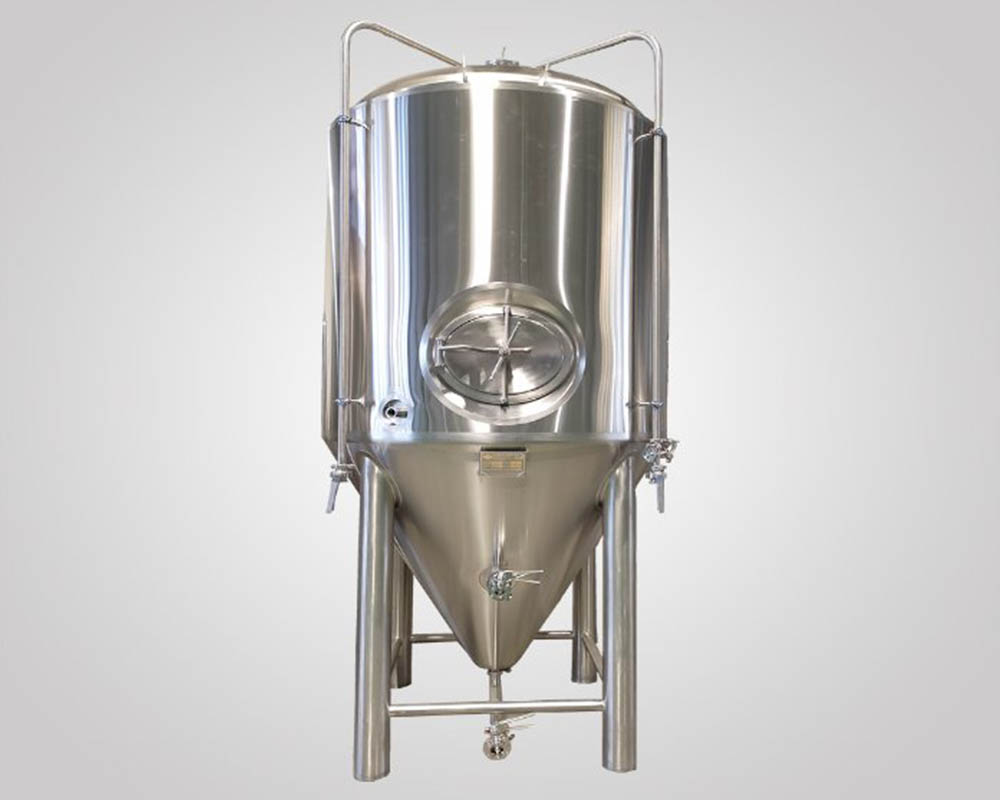Beer brewing equipment is an essential component in the production of beer, enabling the creation of diverse brews. The cleanliness of this equipment is paramount to the quality of the final product. Therefore, proper maintenance and cleaning cannot be overstated.
Selecting Stainless-Steel Beer Equipment
Stainless steel is the preferred choice for beer equipment due to its resistance to acids and alkalis. It’s crucial to ensure that the interior surfaces of the vessels are smooth to facilitate thorough cleaning and the removal of all residues. When selecting equipment, pay close attention to the following: smooth welds and polished inner walls. The corrosion-resistant property of stainless steel is attributed to its pure surface metal, which forms an inert layer. To maintain this property, use shielded gas welding to prevent oxidation and apply physical or chemical passivation (pickling) as needed. Avoid using stainless steel with other iron tools to prevent iron ion-induced corrosion.
Cleaning the Fermentation Tank
When the beer in the fermenter is depleted, do not release the carbon dioxide. Rinse the tank twice with water to eliminate any beer odors. Introduce carbon dioxide before adding lye water. Submerge the fermenter in an alkaline solution, ensuring it is covered with a bubble cap, regardless of whether the solution is hot or cold. Before the next brewing session, drain the alkaline solution and rinse the tank, followed by three to four water rinses, each lasting 60-80 seconds. Ensure the sampling port is open during cleaning and closed afterward. After detaching the water pipes, sanitize the sampling port and connect the nozzle thoroughly.

For optimal cleaning results, the temperature should exceed 80 ℃. Cleaning with single nitric acid is effective for inorganic substances but less so for organic materials. Fermenter cleaning requires both alkaline and acidic cleaning solutions.
The fermentation tanks should be cleaned before being disinfected, as thorough cleaning is essential for effective sterilization. In practical production, cleaning always precedes sterilization.
Fermentation tank cleaning steps: Release any remaining carbon dioxide from the tank. Rinse the fermenter with warm or hot water until the discharge is neutral, followed by a rinse with cold water to room temperature. Finally, wash the fermenter with water to neutralize the drainage.
Adhering to strict cleaning and sanitizing protocols enhances the safety and quality of the brewed beer.
Cleaning Beer Brewing Equipment Hoses
Most hoses used in beer brewing are rubber, which can pose risks to connected pipes. It’s a common misconception to judge the interior condition of a hose based on its exterior, which can be deceptive. The interior cleanliness standards are stringent, and hoses are difficult to clean thoroughly. Internal cracks and minor damages are not easily detectable. Hoses should be cleaned with mild alkalis, as oxidizing acids like nitric acid and copper ions can accelerate hose aging. Therefore, it’s important not to clean hoses with copper pipes. Rubber quality varies, and some hoses may impart flavors to the beer, especially if they are damaged or aged internally.
Tiantai offers a comprehensive range of beer production equipment and services tailored for craft breweries and research institutions, regardless of their size. In addition, the company specializes in the research and development, as well as the manufacturing, of high-quality equipment for fruit wine, distillation, rice wine, and biological fermentation. This broad focus enables multi-field development centered on brewing technology. By choosing Tiantai, you’re selecting professionalism and quality!



